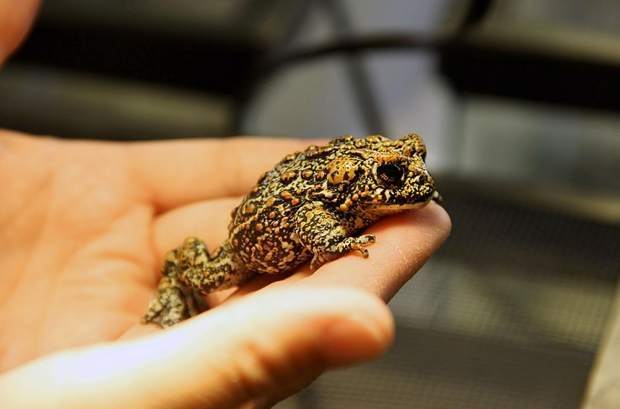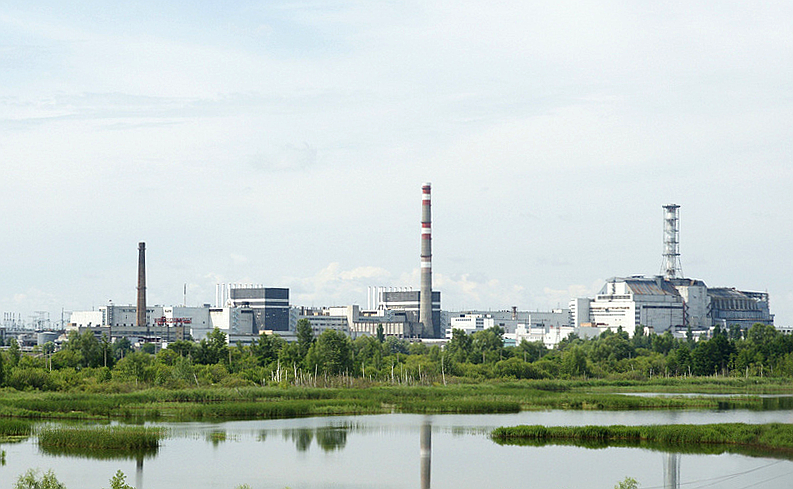A recent study analyzed the Chernobyl frogs, which inhabit near the exclusion zone of the city and surprised scientists. More than three decades after the nuclear accident, the analysis focused on how these creatures aged.
The analysis of the effects on the local fauna suggests that specimens exposed to high levels of radiation did not undergo accelerated aging.
The Chernobyl Frogs: the study that surprised the scientific community
This finding in the Chernobyl frogs not only sought to investigate the effects of radiation on living beings in the long term but also raises questions about the resilience of nature.
 Studies conducted on the Chernobyl frogs.
Studies conducted on the Chernobyl frogs.
A group of researchers led by University of Oviedo and the Doñana Biological Station (CSIC) came across surprising results.
The team analyzed how the chronic exposure to current levels of radiation has impacted the age and aging of the Eastern tree frog Hyla orientalis, a species that inhabits areas of high and low contamination in the affected area.
This study offers an unexpected perspective. The Chernobyl frogs, exposed for decades to ionizing radiation, show no signs of accelerated aging or significant alterations in their stress hormones. This is revealed by the data published in the journal Biology Letters.
Which frogs were analyzed
The field studies, carried out between 2016 and 2018, covered over 200 individuals captured in 14 different points of the area, representing one of the most exhaustive analyses of fauna in Chernobyl to date.
As they explained, they measured the absorbed radiation by the frogs by quantifying cesium in the muscles and strontium in the bones of these animals.
This process allowed them to obtain a precise profile of accumulated radiation. And thus, they could evaluate any correlation between radiation levels and aging in this species.
In conclusion, the data analysis shows that there are no significant differences in the age of frogs exposed to high radiation levels compared to those inhabiting non-contaminated areas.
 Chernobyl and the biggest nuclear accident in history. (Photo: Wikipedia).
Chernobyl and the biggest nuclear accident in history. (Photo: Wikipedia).
Moreover, the length of telomeres, biological markers indicating cell aging, also does not vary between frogs from both areas. This finding is crucial, as telomeres tend to shorten over time and exposure to adverse conditions, indicating accelerated aging or stress in the organism.
Although the disaster had a devastating impact on local flora and fauna in the short term, nature seems to have found a balance.
Have you visited our YouTube channel yet? Subscribe now!

